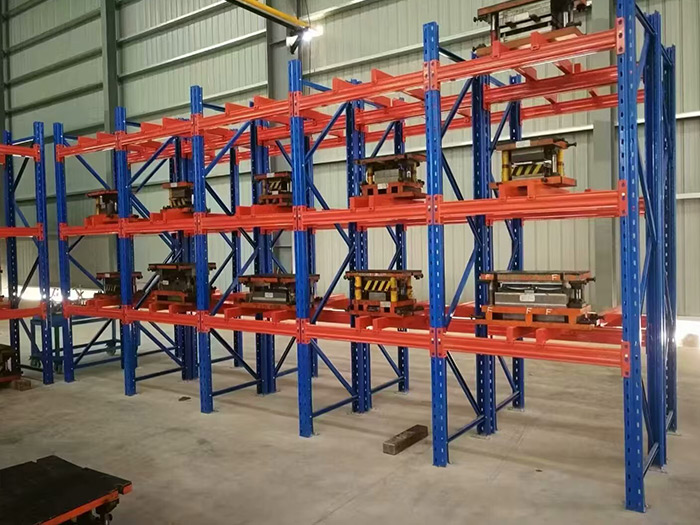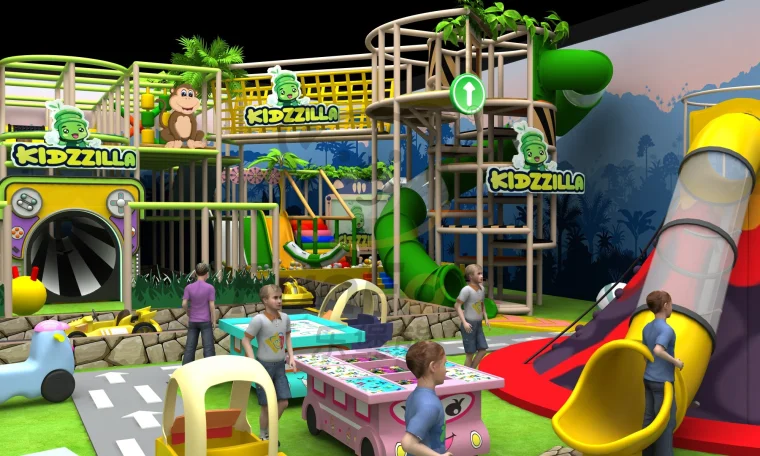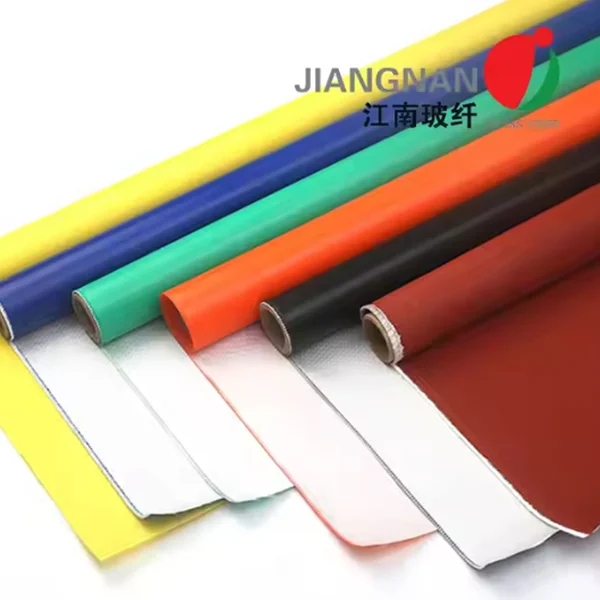Siding Showdown: The Top Materials to Avoid for Your Home's Exterior
3 min readWhen it comes to building or renovating a home, the choice of siding is a critical decision that impacts not only the aesthetic appeal but also the durability, maintenance, and energy efficiency of the structure. While there are numerous siding options available, not all are created equal. In this article, we will delve into the types of siding you should avoid, highlighting the reasons behind these recommendations and offering insights into better alternatives.
- Vinyl Siding: A Double-Edged Sword
Vinyl siding has long been a popular choice due to its affordability and low maintenance requirements. However, there are significant drawbacks that homeowners should consider.
Durability Concerns: While vinyl is resistant to rot and insects, it can become brittle over time, especially in extreme temperatures. This brittleness can lead to cracking, fading, and warping, particularly in regions with harsh weather conditions.
Environmental Impact: Vinyl siding is made from polyvinyl chloride (PVC), a material that poses environmental concerns during production and disposal. The manufacturing process releases harmful chemicals, and once discarded, vinyl does not decompose, contributing to landfill waste.
Better Alternatives: Consider fiber cement siding, which offers superior durability and resistance to weather elements without the environmental drawbacks associated with vinyl.
- Wood Siding: A Beautiful but High-Maintenance Option
Wood siding can provide a classic and timeless look, but it comes with a host of maintenance challenges that can deter many homeowners.
Susceptibility to Pests and Rot: Wood is prone to insect infestations, such as termites, and can rot if not properly maintained. Regular painting or staining is necessary to protect it from moisture and UV damage.
Cost of Maintenance: The ongoing maintenance costs can add up significantly over time, making wood siding a less economical choice in the long run.
Better Alternatives: If you love the look of wood, consider engineered wood siding, which offers a similar aesthetic with enhanced durability and lower maintenance requirements.
- Aluminum Siding: A Diminishing Choice
Aluminum siding was once a popular choice for its lightweight and rust-resistant properties. However, it has fallen out of favor for several reasons.
Denting and Scratching: Aluminum siding is prone to dents and scratches, which can detract from the home’s appearance. Once damaged, it can be challenging to repair without replacing entire panels.
Thermal Conductivity: Aluminum conducts heat, which can lead to increased energy costs in both summer and winter. This thermal inefficiency can be a significant drawback for homeowners looking to reduce energy expenses.
Better Alternatives: Consider insulated vinyl or fiber cement siding, which provide better thermal performance and durability.
- Stucco: A Risky Investment
Stucco has been a traditional choice in many regions, particularly in the Southwest United States. However, it comes with its own set of challenges.
Moisture Issues: Stucco is porous and can absorb moisture, leading to potential mold and mildew problems if not properly installed and maintained. Water intrusion can compromise the structural integrity of the home.
Cracking: Over time, stucco can crack due to settling or temperature fluctuations. Repairing stucco can be labor-intensive and costly.
Better Alternatives: If you prefer a textured finish, consider using synthetic stucco systems, which offer better moisture resistance and flexibility.
- Composite Siding: The Illusion of Durability
Composite siding, often marketed as a low-maintenance alternative to wood, can be misleading.
Quality Variability: The quality of composite siding can vary significantly between manufacturers. Some products may not hold up well against the elements, leading to premature wear and tear.
Environmental Concerns: Many composite materials are made from recycled wood and plastic, which can be a positive aspect. However, the longevity and recyclability of these products can be questionable.
Better Alternatives: Look for high-quality fiber cement or engineered wood siding that offers a balance of durability, aesthetics, and environmental responsibility.
Conclusion: Making Informed Choices
Choosing the right siding for your home is a decision that requires careful consideration of various factors, including durability, maintenance, cost, and environmental impact. By avoiding the siding materials discussed in this article, homeowners can make more informed choices that enhance the longevity and value of their property.



